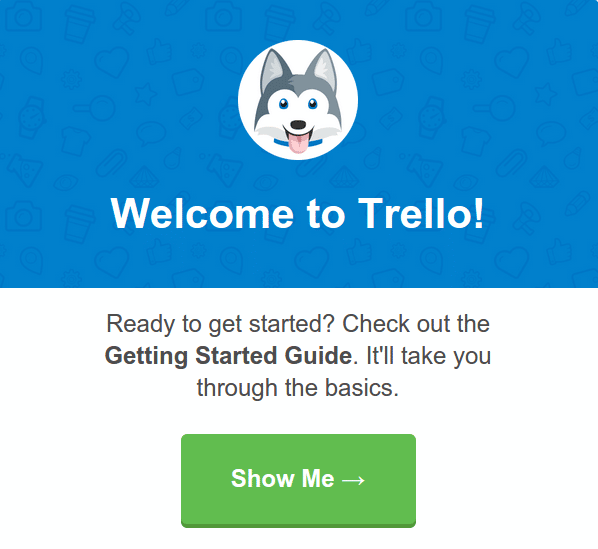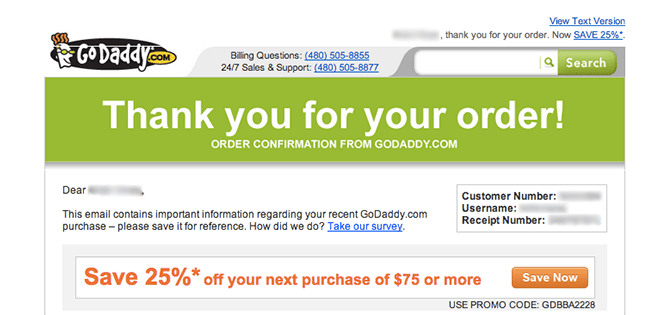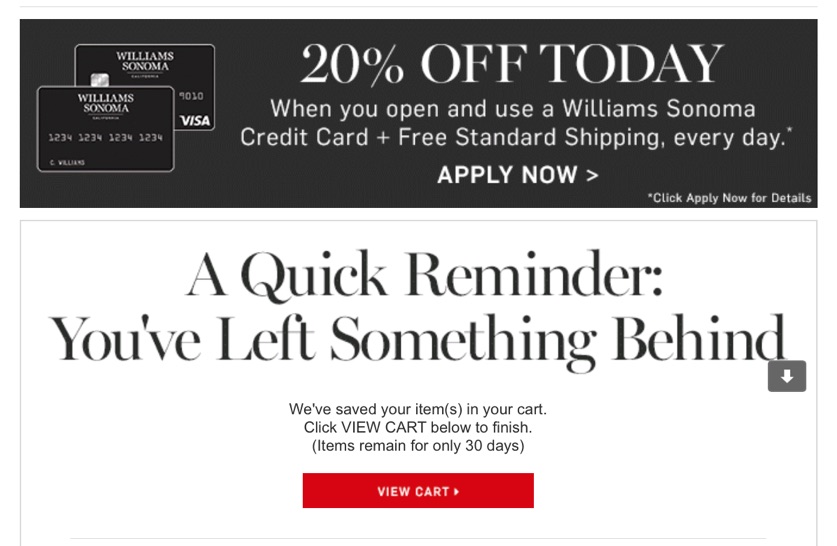E-commerce thrives off email marketing and is the preferred communication option of E-commerce customers. The significant benefit of E-commerce is that brands can track customer activity and automate emails based on their behaviors, allowing businesses to pre-craft emails and send them timeously according to triggers.
E-commerce brands can use trigger emails by sending emails out according to the principal actions of a customer's activity. Trigger emails can get used for many reasons, including welcoming customers, confirming details, brand updates, notifying customers about cart abandonments, and re-engagement.
Sending trigger emails enhances a brand's marketing strategy, and specific triggers are more important than others. We'll guide you on how to use E-commerce trigger emails and divide the types of trigger emails into categories, so you can plan which emails you'd like to automate.
What are Triggered Emails?
Trigger emails are automated emails sent after a customer completes an action. Businesses need to decide which actions warrant a trigger email. Trigger emails are great to use in your strategy because it's extremely efficient and saves time and money.
Trigger emails can be used for any action the E-commerce brand chooses. An automated email works effectively for specific events, such as a customer signing up for a newsletter or an order confirmation. It is best for an E-commerce brand to pre-define the actions that warrant an automated email.
How to Use Trigger Emails for E-commerce
E-commerce brands need to understand and analyze their customers' behavior and interactions to figure out the critical moments for which they could set a trigger email. Trigger emails are cost-effective and efficient, as they strike while the iron is hot by acting on the psychology of a client's interaction with the brand.
You can send trigger emails immediately after an action has been taken or time them to match an algorithm based on customer research. Some emails work instantly, like a welcome email. Others work best after some time, like a customer who has yet to engage with the brand.
You should segment your customers based on their interaction with the brand, as those who interact often benefit from more emails. In contrast, less active customers prefer not to be overstimulated and rather keep an eye out for more essential emails like order confirmations and flash sales.
To help decide on which emails to automate for your E-commerce brand, we've divided trigger emails into the following categories.
Let’s get started.
1. Welcoming Triggers
Once a potential customer has subscribed to your brand's newsletter or created an account with you, you should trigger an email or an email sequence to onboard them and make them feel comfortable after joining. (Related: 8 Email Welcome Series Best Practices + Examples)
Welcoming and onboarding emails allow you to showcase what your brand offers and create the first impression of a customer's journey with the brand.
Here is an example of a welcome email from Trello:

2. Confirmation Triggers
You should trigger emails to confirm purchases that a customer has made and free trials started to assure them that everything is verified and that they have the details on things like when their order will be delivered. Keeping customers updated on their free trial and shipping is vital, so nothing happens unexpectedly.
Here is an example of an order confirmation email from GoDaddy:

3. Post Purchase Triggers
Triggered emails don't need to end after a purchase, as good aftercare retains loyalty. There are many behaviors you can trigger post-purchase emails for, depending on the nature of your e-commerce brand. You could ask for a customer review or email relevant content. Keeping customers interested with trigger emails can do a world of good for sales and interaction.
4. Abandonment Triggers
Cart and browsing abandonment are standard trigger email options, and for a good reason. Your customer has shown interest and got lost somewhere along the way, and a trigger email could bring them back to complete a purchase.
Here's an abandoned cart reminder from Williams Sonoma:

5. Update Triggers
Update triggers aren't personal but showcase essential information that customers might find valuable. If there is anything to let customers know about, feel free to automate an email telling them about what's new!
6. Win-Back Triggers
If a client has been inactive after some time, it would be best to sweep their interest back, and a trigger email makes this easy. You can send more than one win-back email over time or after someone has unsubscribed from a mailing list. Win-back emails work best paired with discounts.
Final Thoughts
E-commerce brands can effectively use trigger emails in their marketing plan by evaluating which actions will work best for an email strategy. Triggers range from welcoming customers to inactive customers. We hope to have helped you find a trigger email approach!
(Related: 5 Email Marketing Strategies Local Businesses Can Use to Keep Customers Coming Back)
